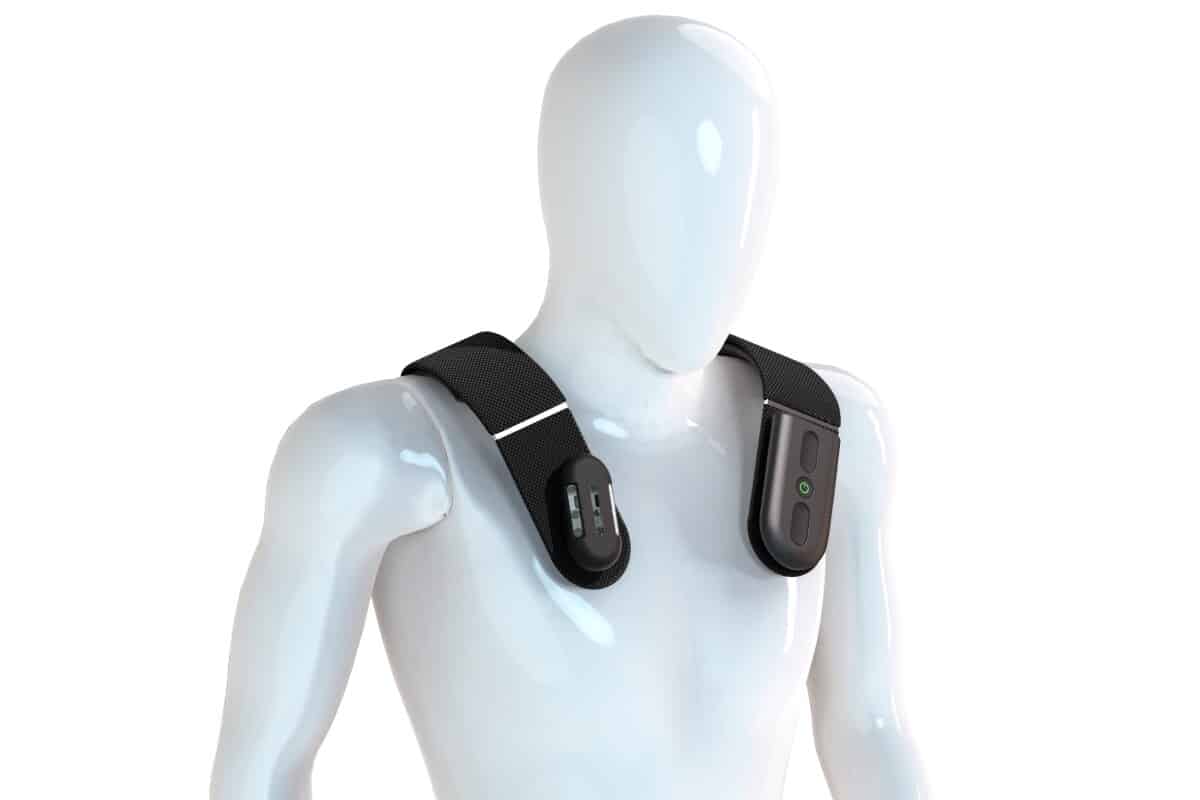Biped, the new wearable device for the blind, is equipped with sensors suitable for predicting a collision.
As well as a new generation car, the small armor of the Biped startup predicts accidents and warns the wearer.
Thanks to its modern technology, it will be easier for blind people to defend themselves and avoid possible clashes. Biped will warn users thanks to specific acoustic signals, transferred via headphones.
The startup bipedal recently announced the design of the device, which has the shape of a harness to be worn on the shoulders. A wireless system connects the armor to a set of headphones, which facilitate the warning process.
3D infrared cameras positioned on the front of the device allow you to get a complete view of the street in front of the wearer's eyes. Potentially dangerous objects are recognized by an integrated, motion-sensitive microprocessor.
:extract_focal()/https%3A%2F%2Fassets.newatlas.com%2Fdims4%2Fdefault%2Fd60bb2a%2F2147483647%2Fstrip%2Ftrue%2Fcrop%2F1724x1126%2B0%2B0%2Fresize%2F1440x941!%2Fquality%2F90%2F%3Furl%3Dhttp%253A%252F%252Fnewatlas-brightspot.s3.amazonaws.com%252F5d%252F0f%252F1bfac29a4e4f8e1bfc3d2fd0f9c4%252Fharness-copie.jpeg)
The armor of the blind
The set of cameras, combined with the sensors, tracks the trajectory of moving objects. In this way, it is able to predict the imminent collision, warning the user through an audio signal.
The audio is directed into the headphones so as to be even more intuitive.
If the obstacle is on the right, for example, the signal is heard in the right ear.
The lithium battery is advanced enough to resist over six hours. The blind can wear it while walking on the street, avoiding collisions with objects and people.
At the moment the weight of the device is 900 g, light enough to be carried every day and even for several consecutive hours.
The startup is looking for volunteers with problems at the view in order to carry out beta tests, necessary to understand the shortcomings of the device.
The final launch has not yet been scheduled, but we expect to see it on the market within the next two years.


